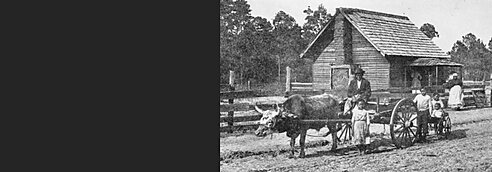Featured article: “The Slave Who Changed the Course of American Medicine” by Paul Meany
In this lesson, students will learn about the history of an enslaved man, Onesimus (pronounced oh NESS ih mus), who helped introduce inoculation to the American colonies in the early 1700s.

